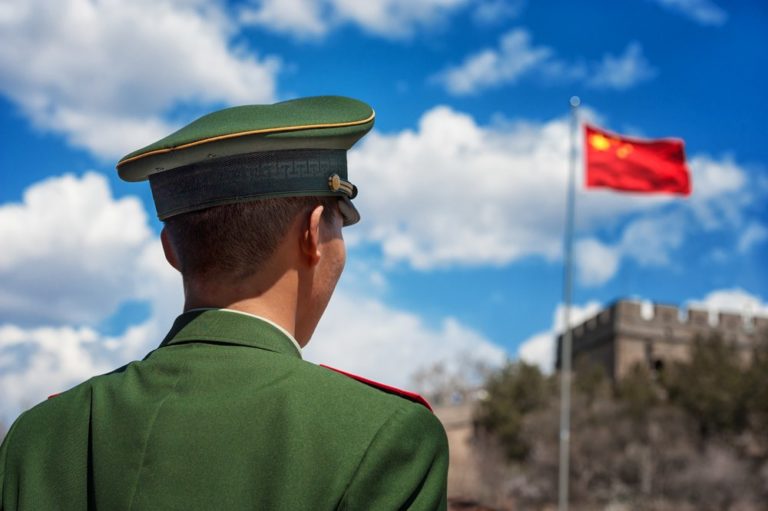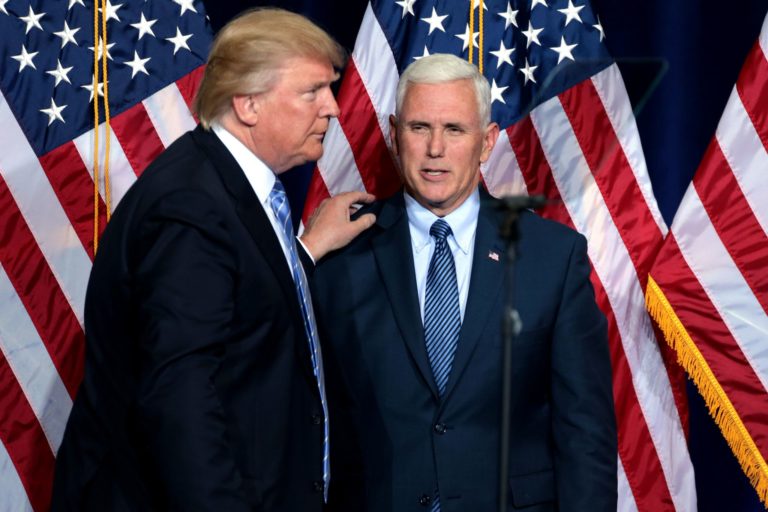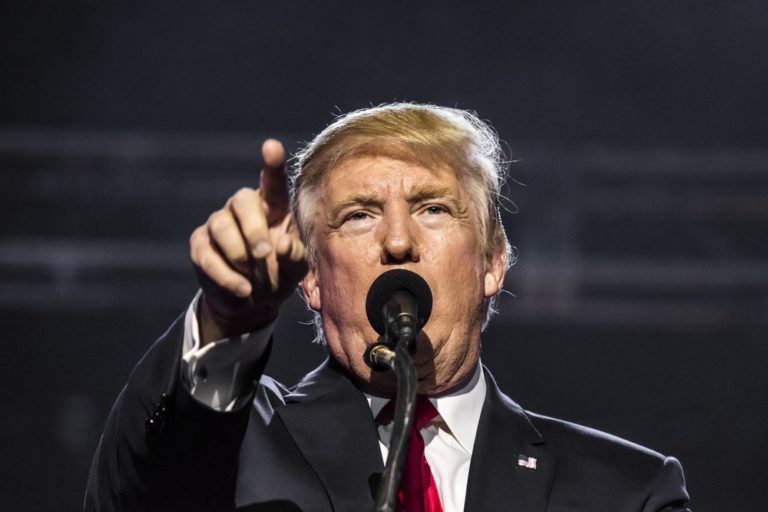Key Takeaways:
- A coroner is investigating the death of a quadriplegic man in Quebec.
- He chose Medical Assistance in Dying (MAiD) after suffering severe bedsores due to hospital negligence.
- His wife claims the hospital ignored her requests for proper care, leading to his despair.
- The case highlights systemic issues in Canada’s healthcare system, where patients are sometimes pushed toward MAiD due to lack of proper care.
A Tragic Case of Neglect and Despair
A shocking story from Quebec, Canada, has raised alarms about the state of healthcare in the country. A coroner is now investigating the death of Normand Meunier, a quadriplegic man who chose to end his life via MAiD (Medical Assistance in Dying) after experiencing horrific neglect in a hospital.
Meunier’s story is heartbreaking. After being left on a stretcher in the emergency room for four days, he developed a bedsore so severe that it exposed bone and muscle. This injury, combined with the emotional toll of feeling abandoned, led him to believe his life was no longer worth living. His wife, Sylvia Brosseau, says he felt he had become a burden to others.
The Details of Neglect
Normand Meunier was quadriplegic, meaning he was paralyzed from the neck down. Despite his disability, he had goals and plans for his life. However, his journey took a devastating turn during a visit to St-Jérôme Hospital.
Meunier was left on a stretcher in the emergency room for four days. During this time, he developed a severe bedsore. By the time staff noticed, the wound had become so bad that it exposed his bone and muscle.
His wife, Sylvia, tried to advocate for him, demanding proper care like a suitable mattress. But hospital staff reportedly ignored her concerns.
Even more disturbing is the admission by a nurse, Geneviève Paradis, who treated Meunier. She testified that she didn’t check for bedsores because the hospital was understaffed.
The Investigation Unveils Systemic Failures
The coroner’s investigation, led by Dave Kimpton, is examining how the hospital failed Meunier. Patrick Martin-Ménard, the lawyer representing Meunier’s family, has criticized the healthcare system for its shortcomings.
“The system allowed the pressure wounds to reach a point where there was no possibility of recovery,” Martin-Ménard said. “It’s shocking and frustrating that the system only acts after someone dies or suffers severe consequences.”
The investigation has revealed that the hospital lacked proper systems to care for vulnerable patients like Meunier. This case is not isolated. Many Canadians have faced similar neglect, leading some to choose MAiD when they could have been saved with proper care.
The Bigger Picture: Healthcare Failures and MAiD
Meunier’s case is part of a larger trend in Canada. Since the legalization of MAiD, critics have warned that vulnerable patients might be pressured to end their lives due to lack of access to proper care.
Stories like Meunier’s highlight a disturbing reality: Some patients are offered MAiD not because they are incurably ill, but because the healthcare system fails to provide the support they need.
Meunier’s wife, Sylvia, emphasized that her husband did not want to die. He had plans and ambitions, but the lack of care left him feeling hopeless. “Because of the incurable bedsore that appeared at the hospital, he had no more perspective on life,” she said.
The Bottom Line
Normand Meunier’s story is a tragic reminder of the failures within Canada’s healthcare system. His death wasn’t just about his physical injuries—it was about the emotional and psychological impact of feeling abandoned.
Advocates for better care argue that patients like Meunier deserve dignity and proper treatment. Instead of being offered death, they should receive the support they need to live fulfilling lives.
As the coroner’s investigation continues, one thing is clear: Canada’s healthcare system must do better to protect its most vulnerable citizens.









